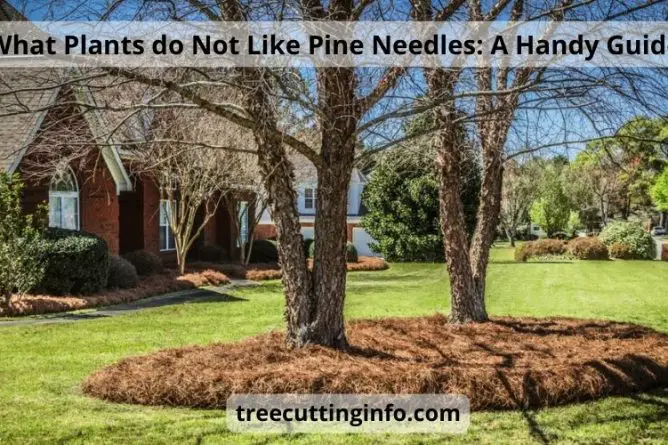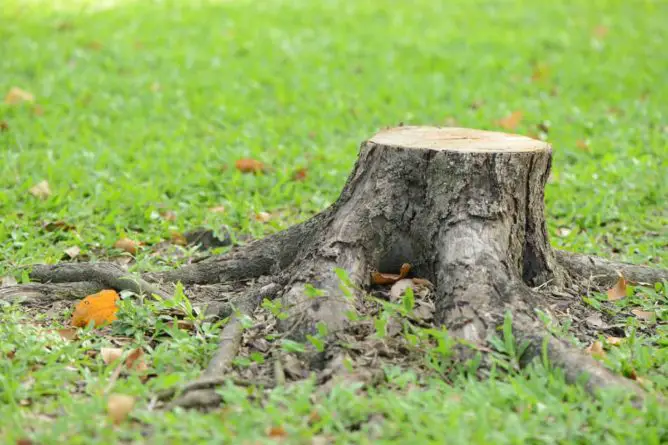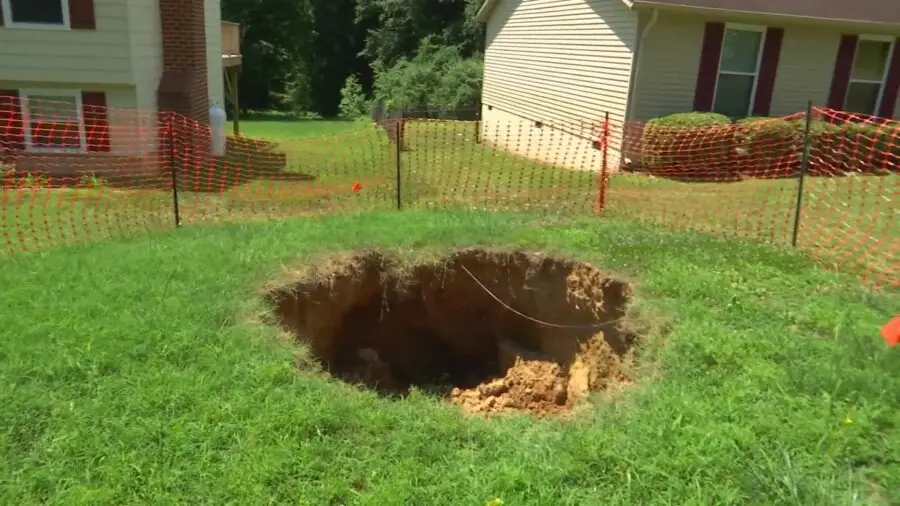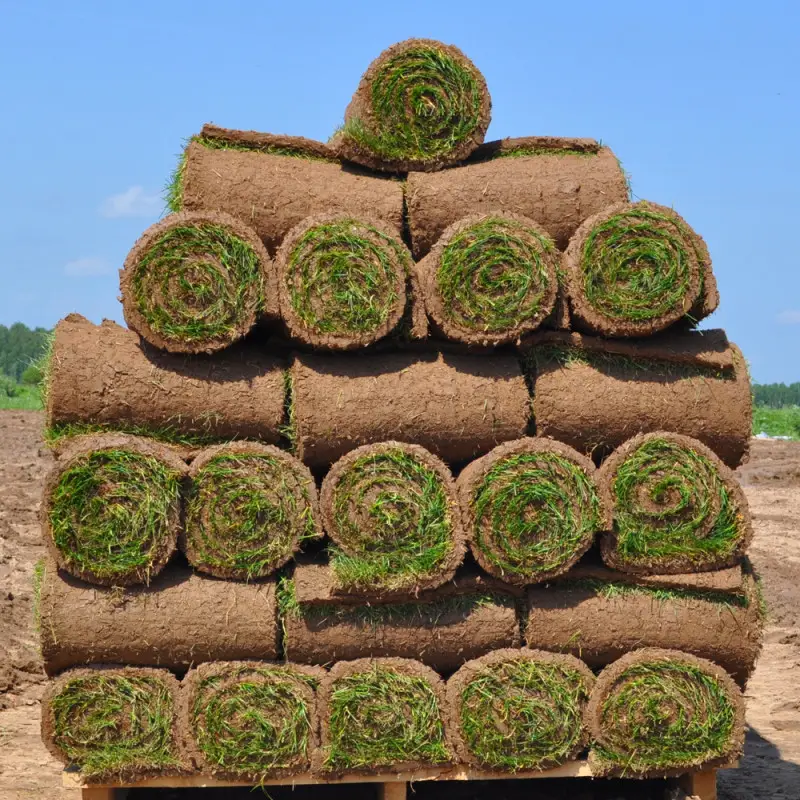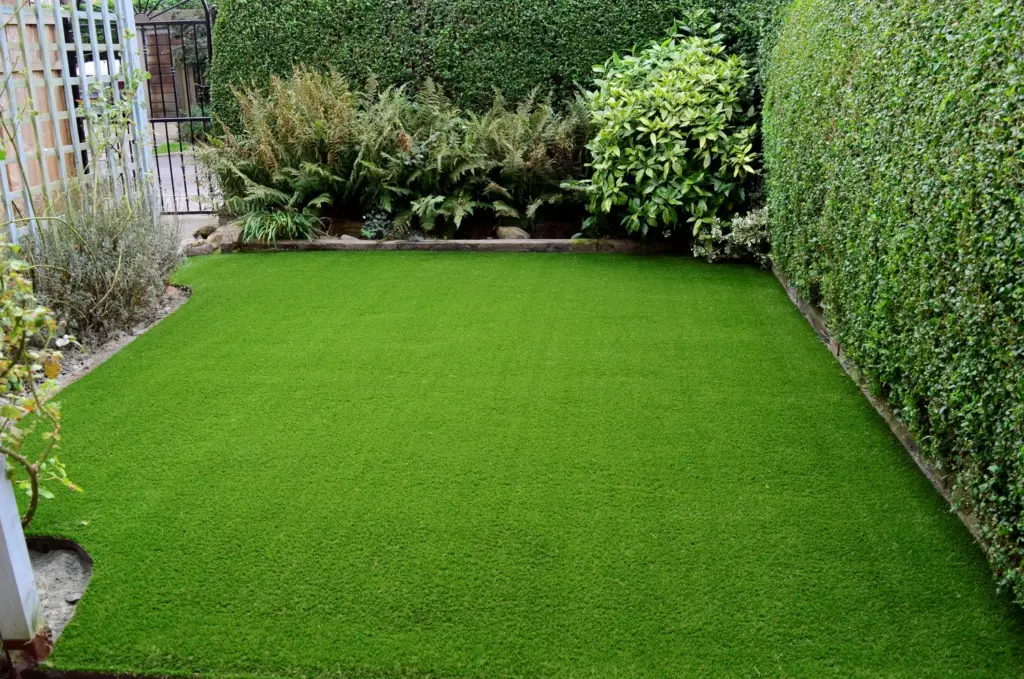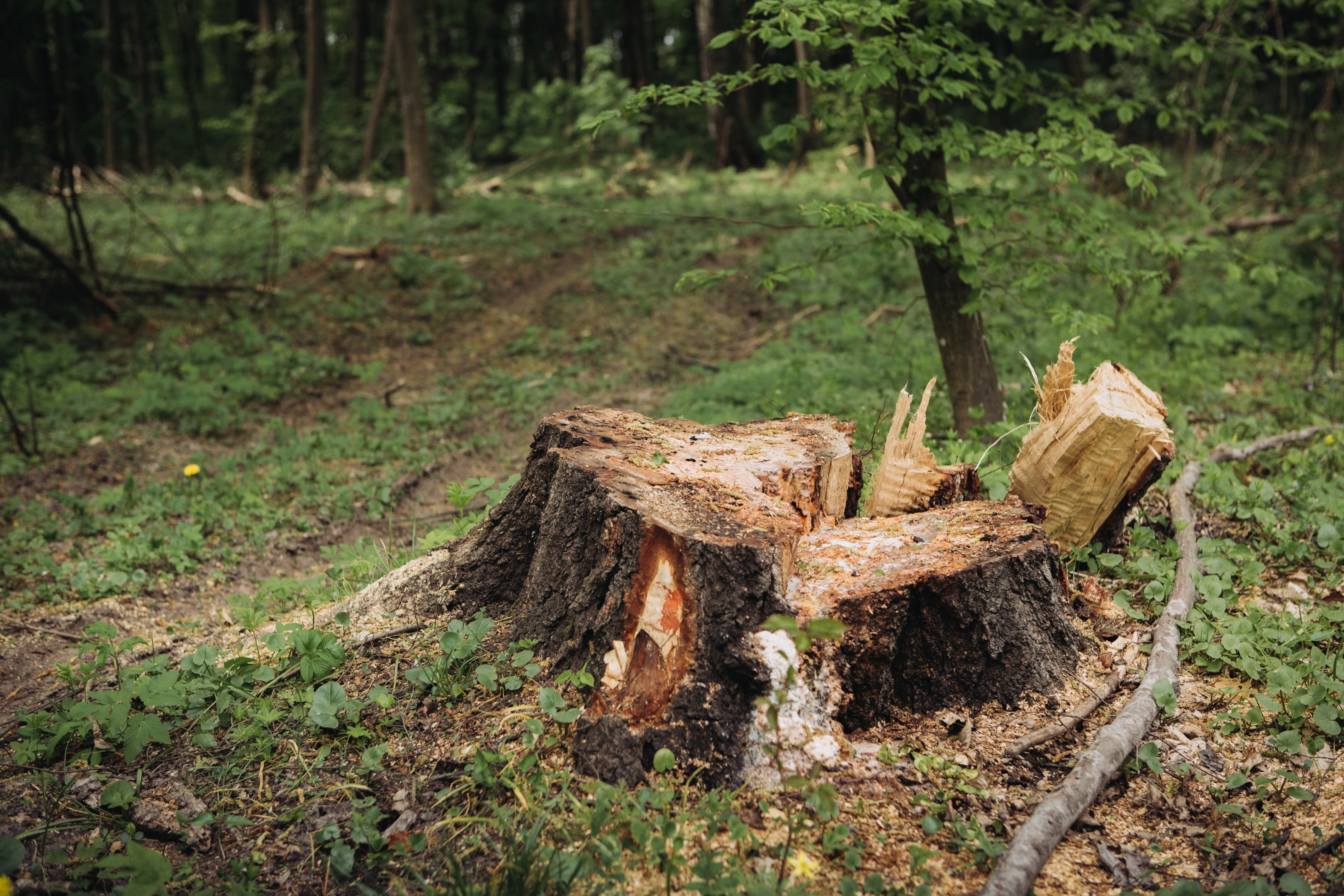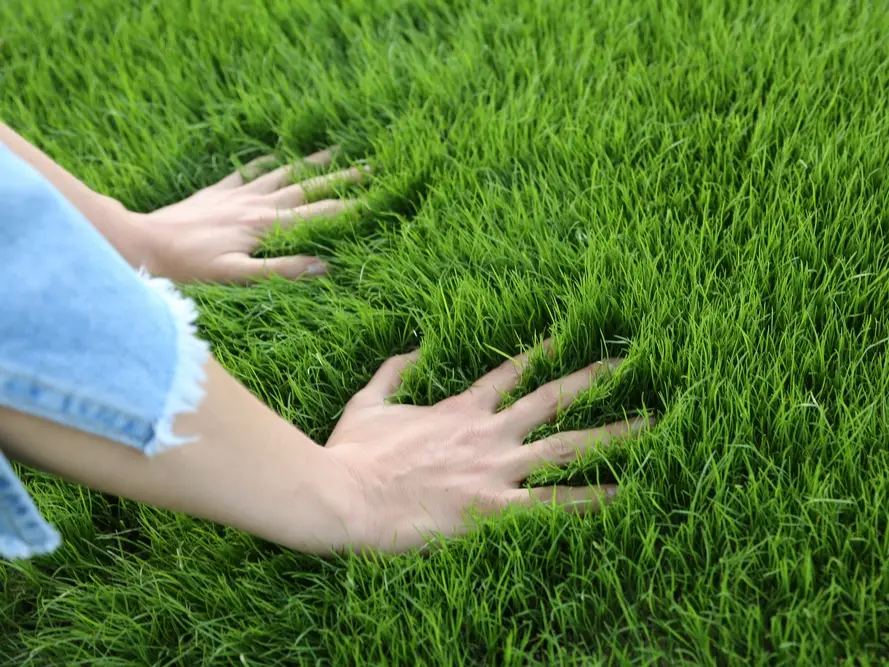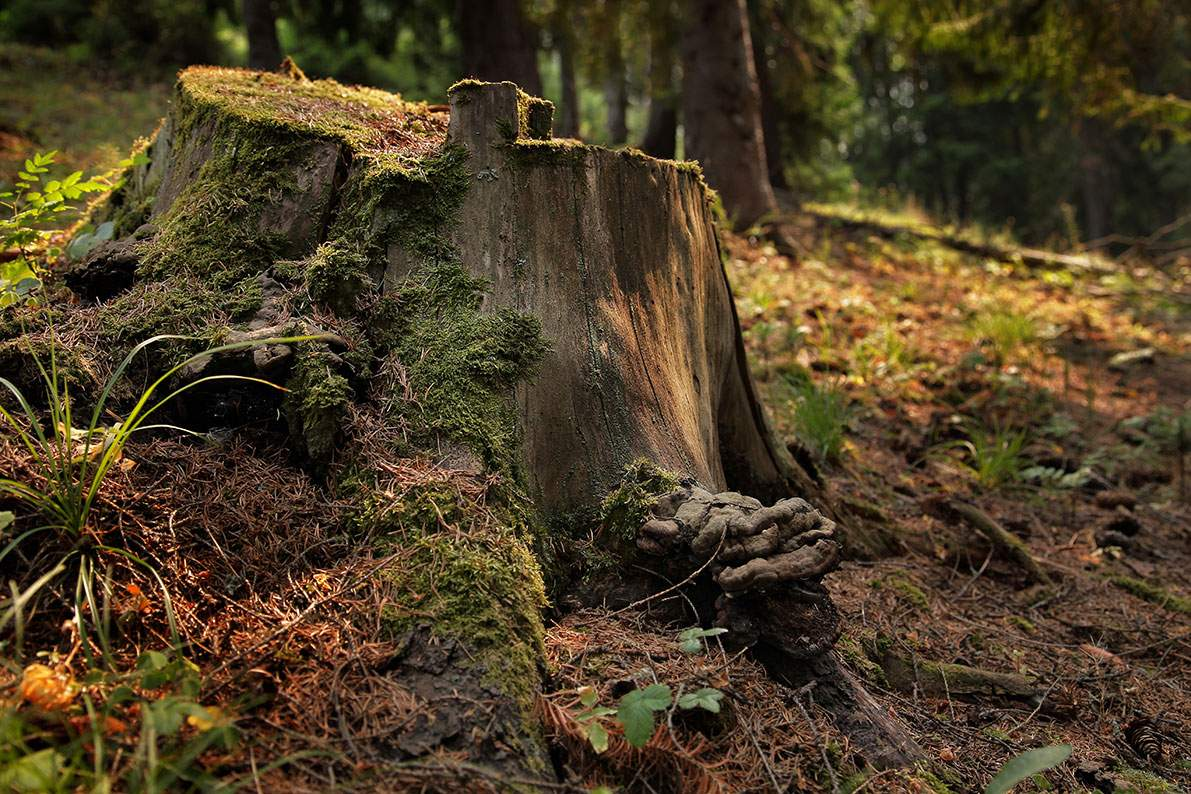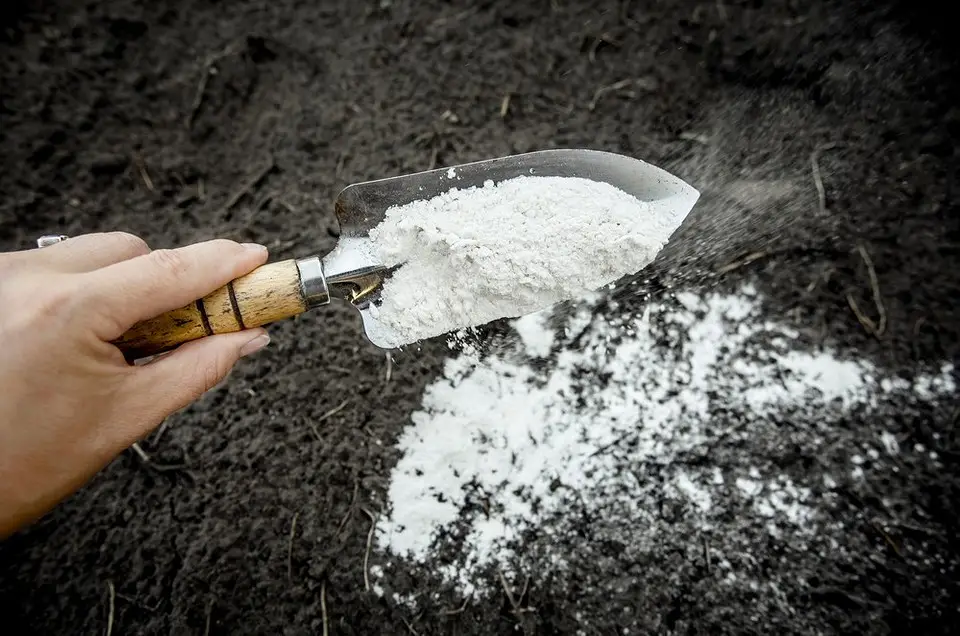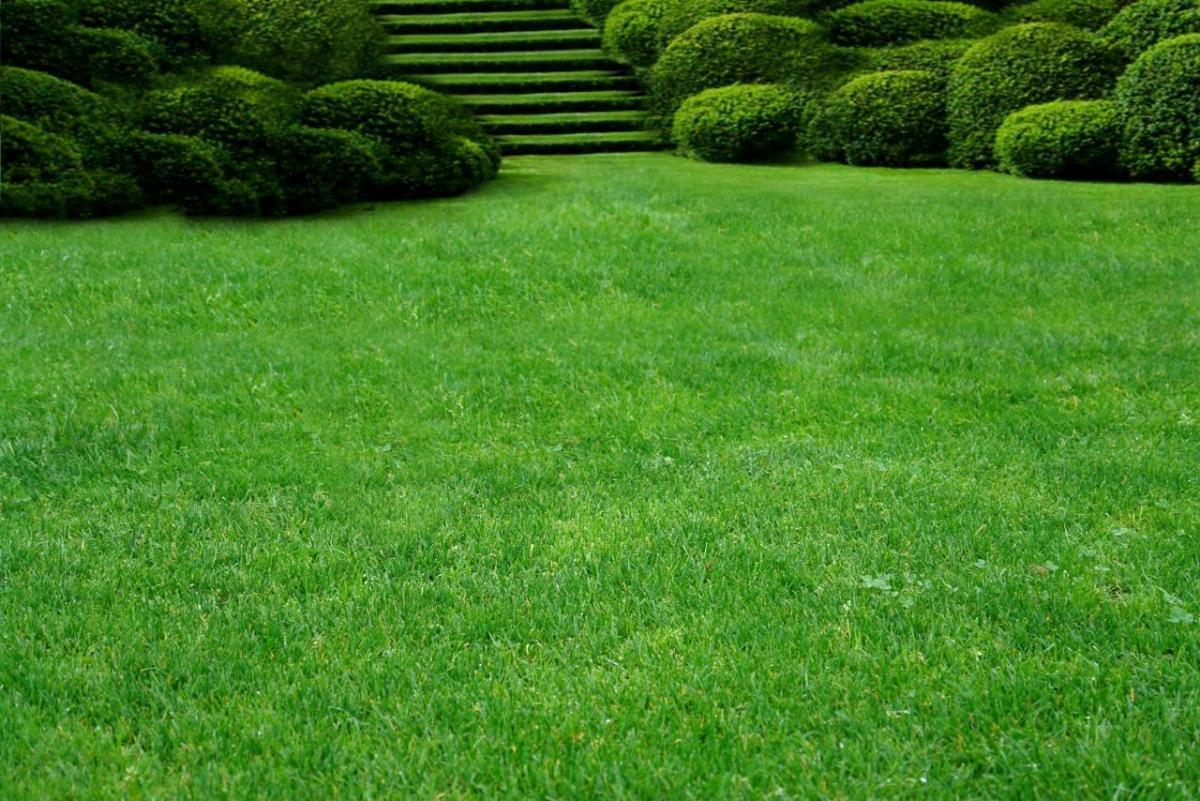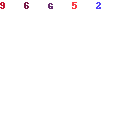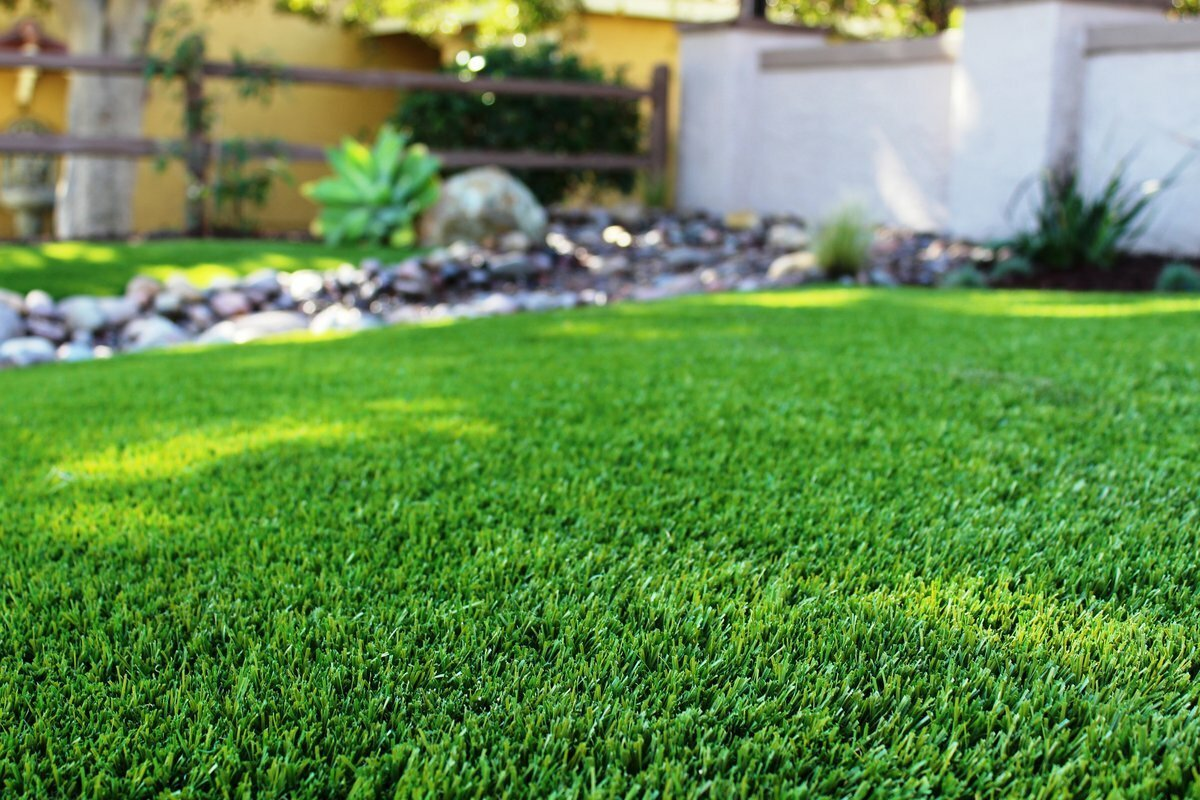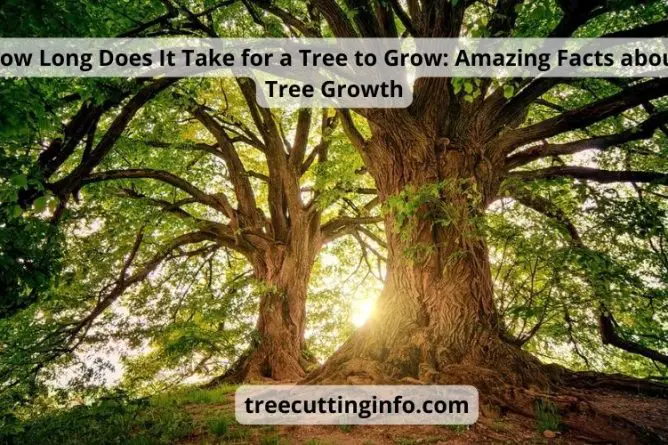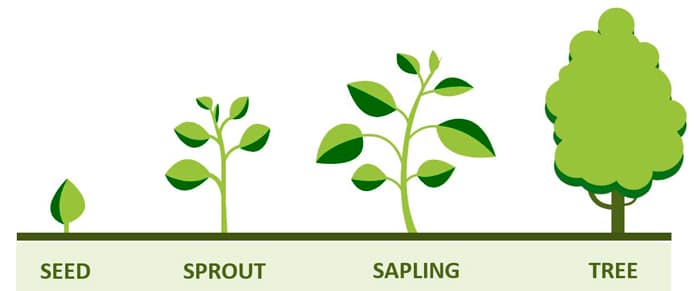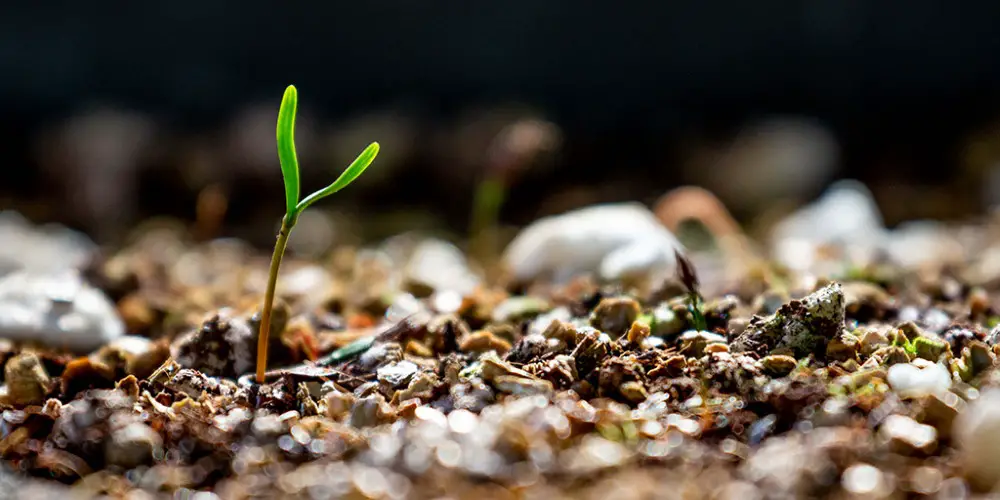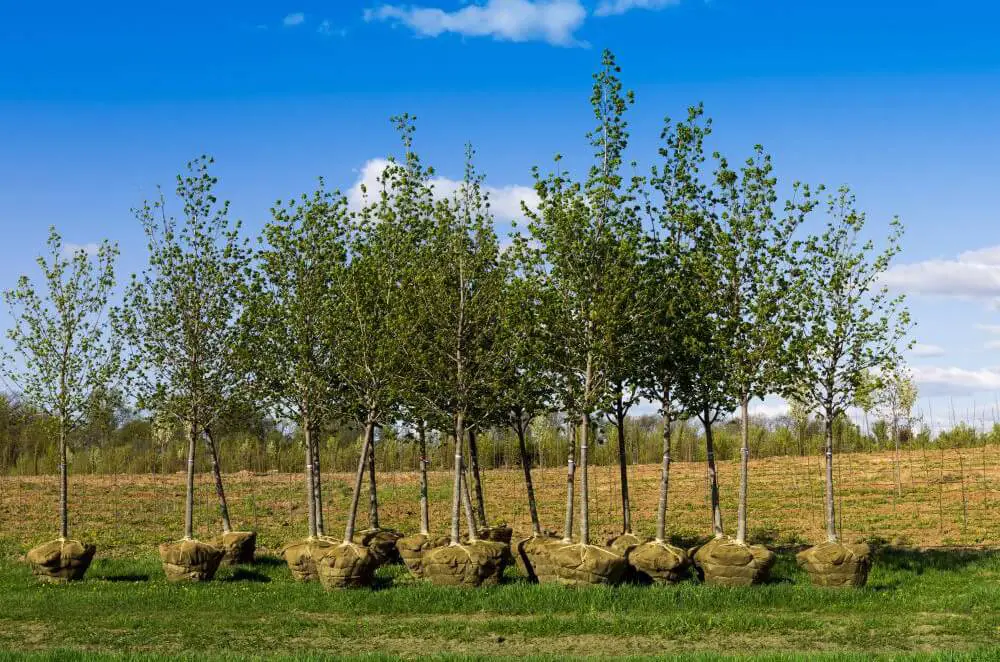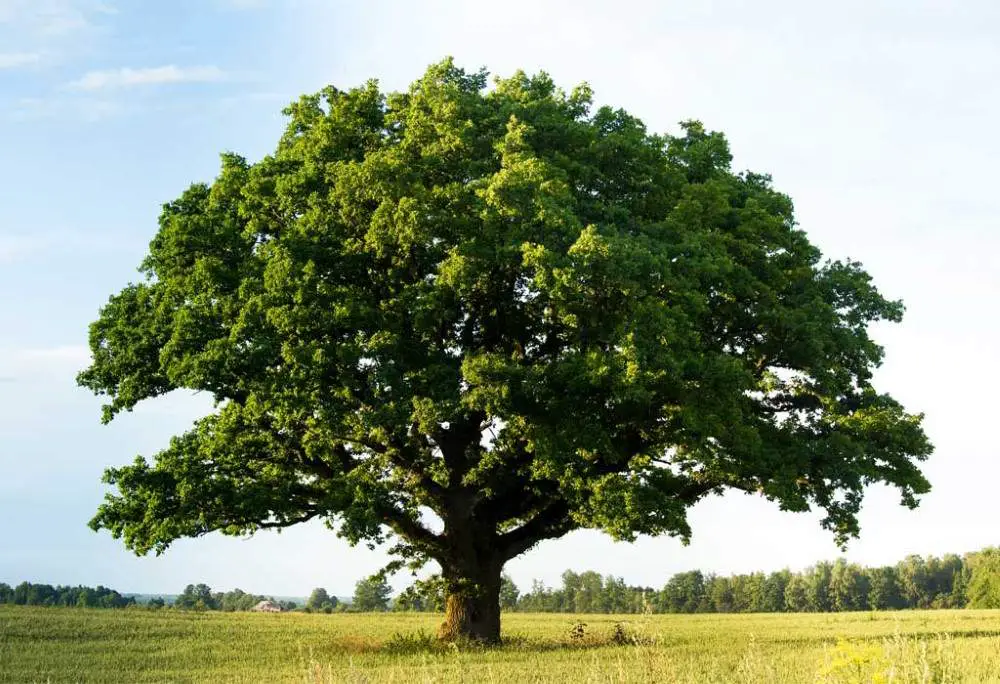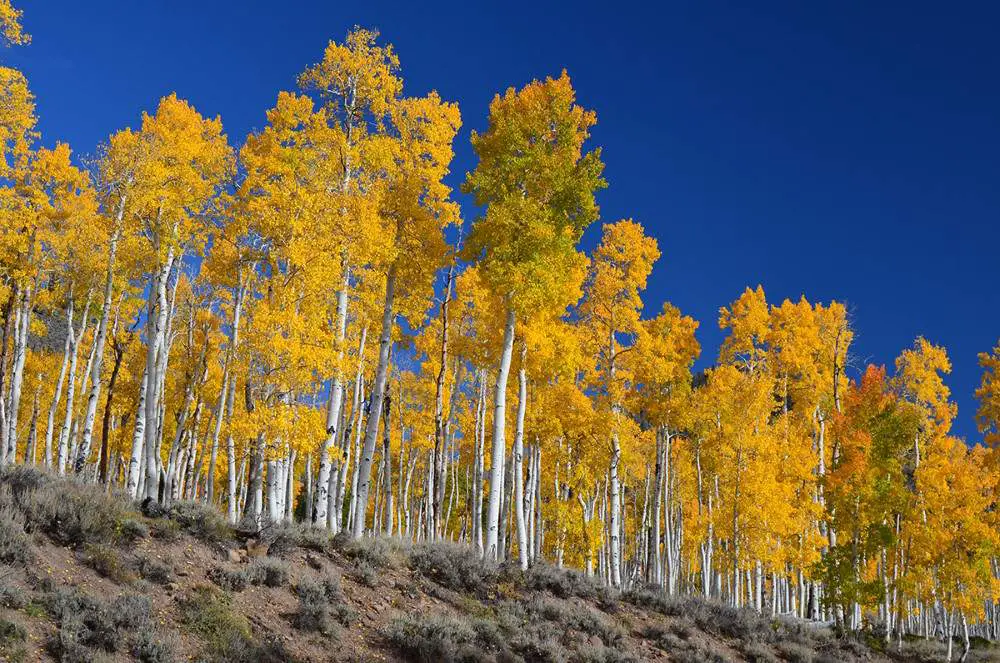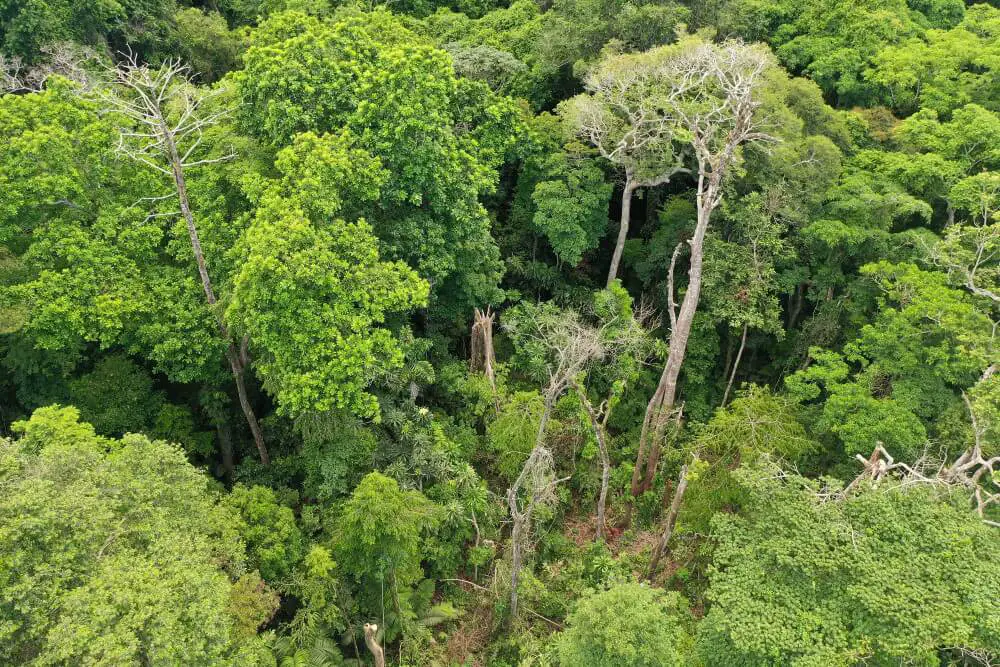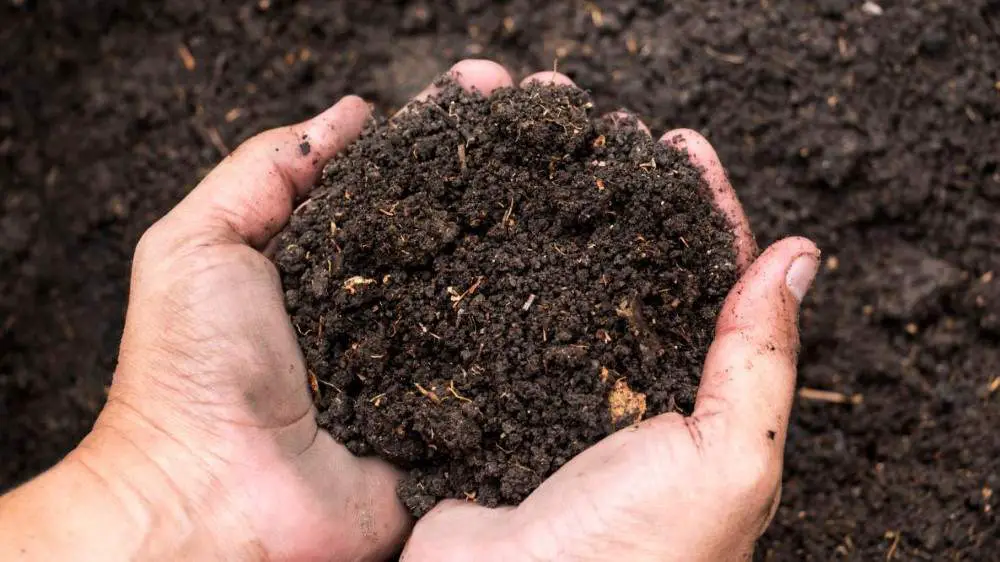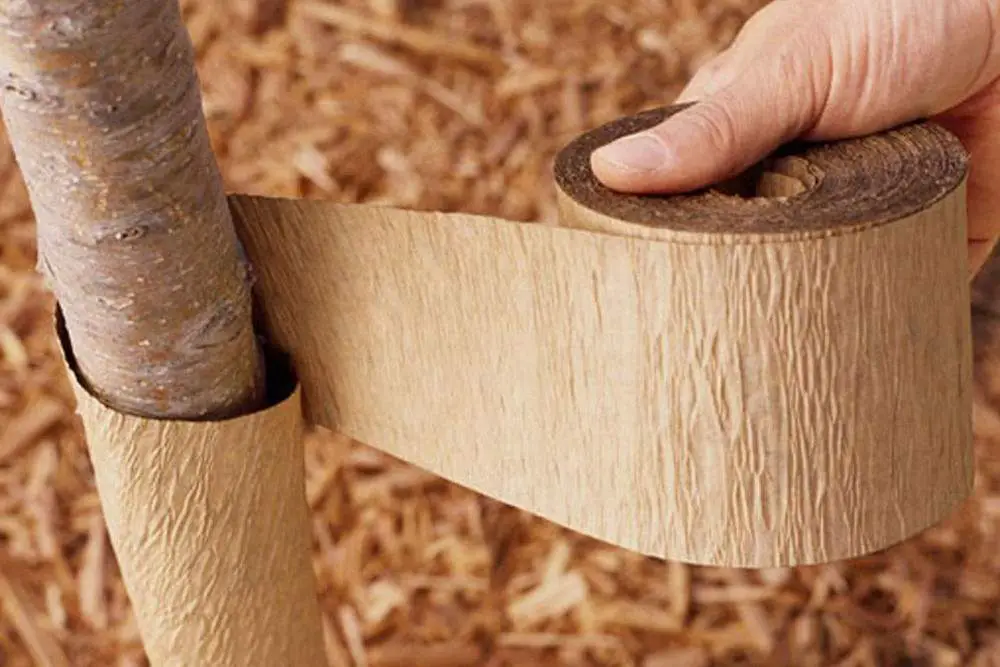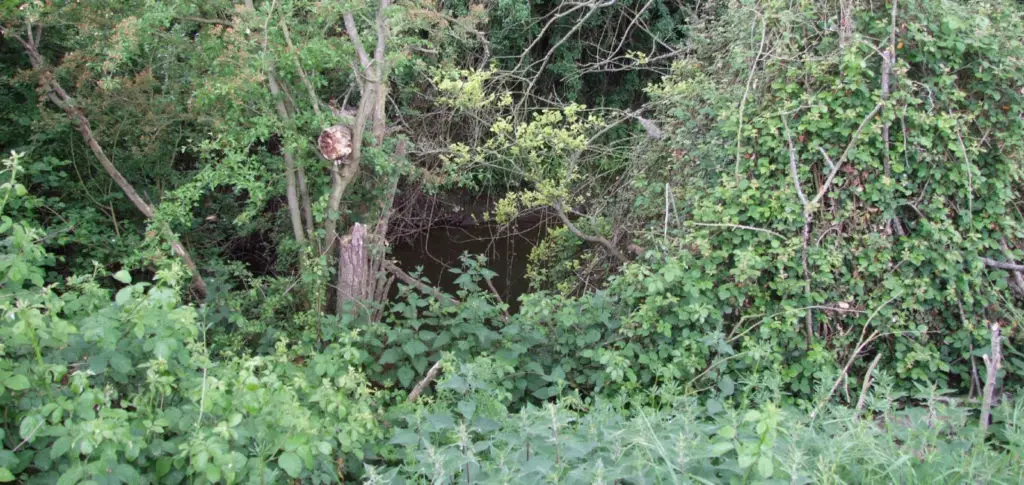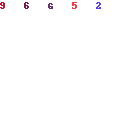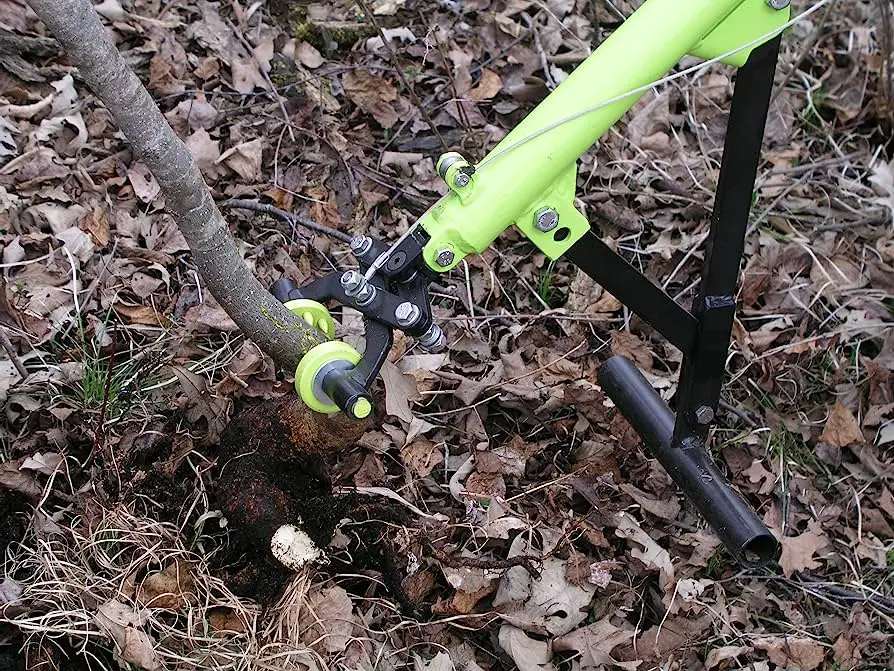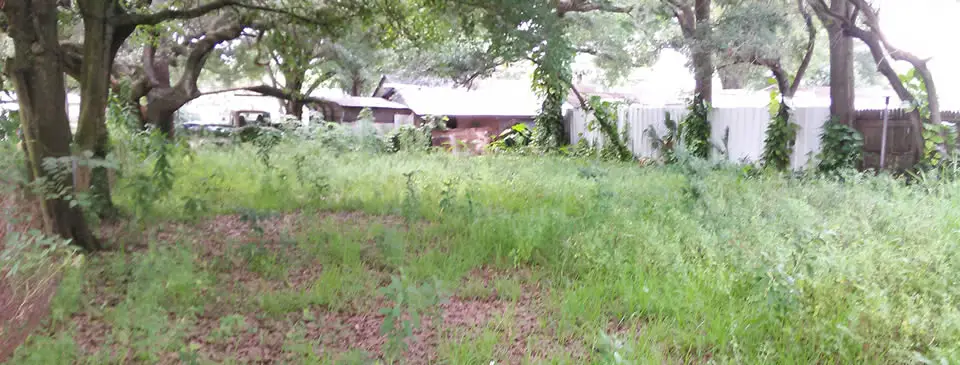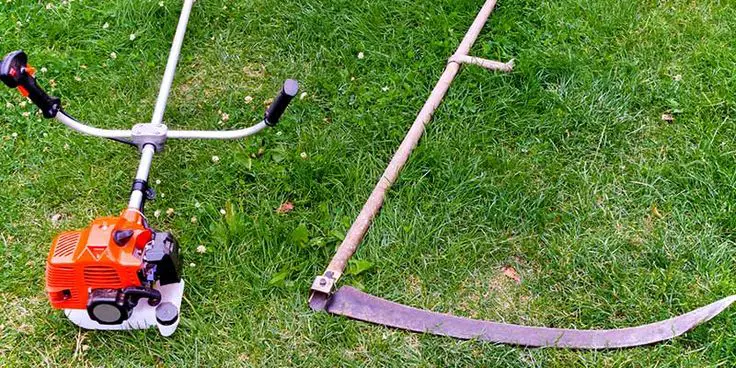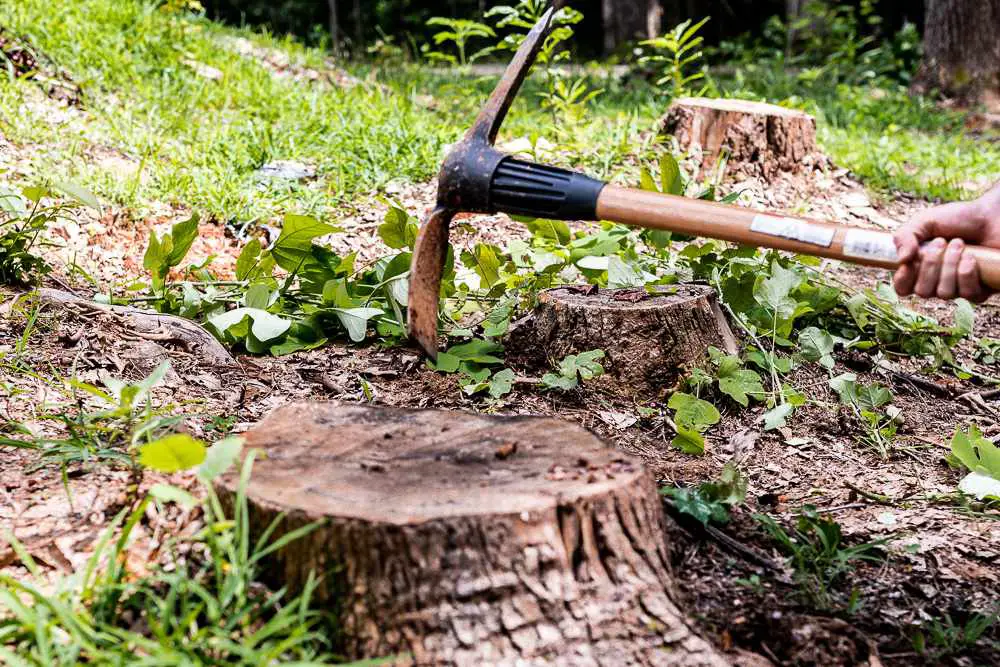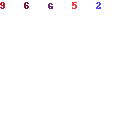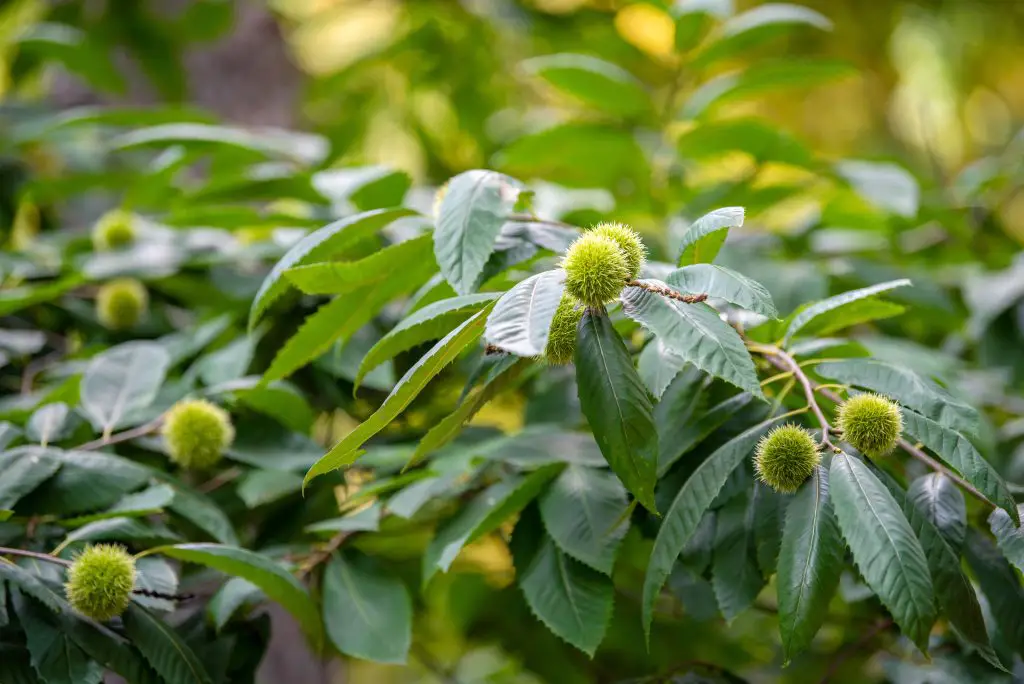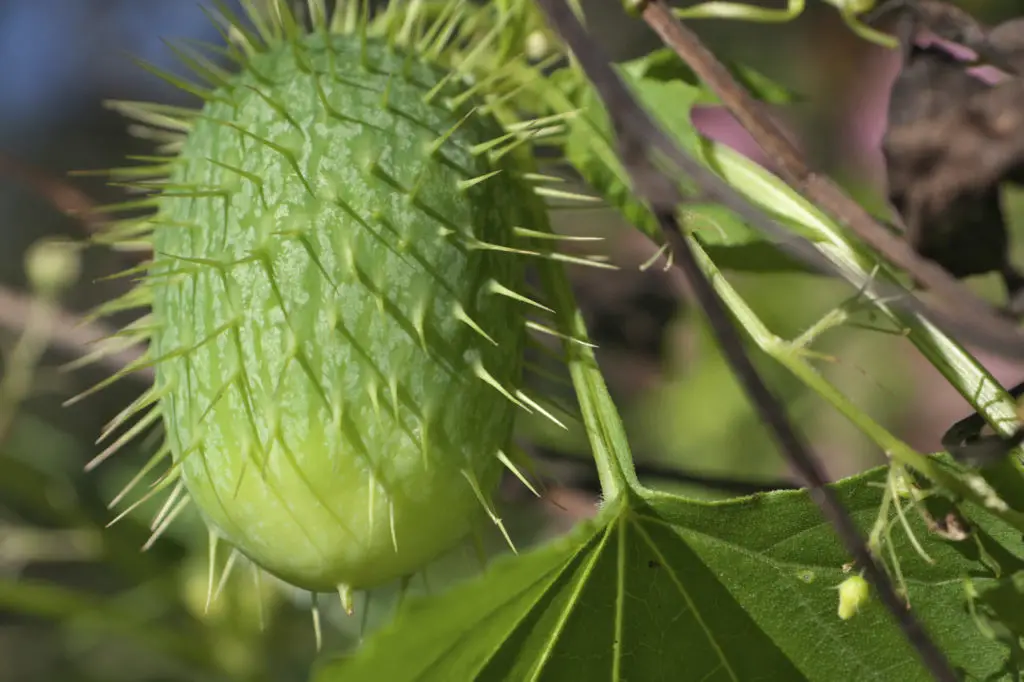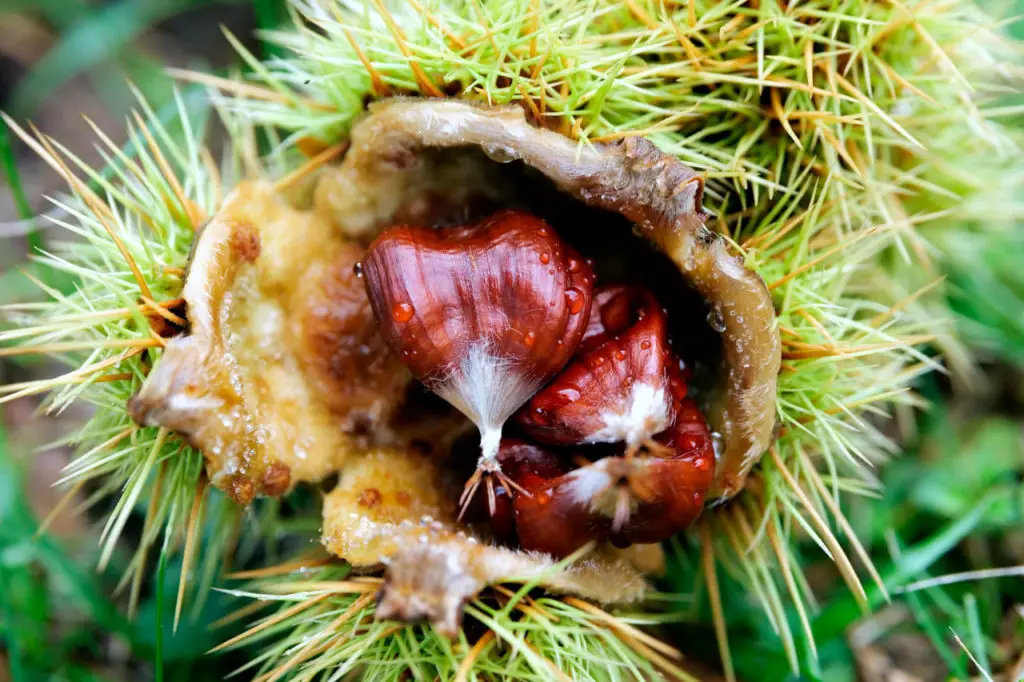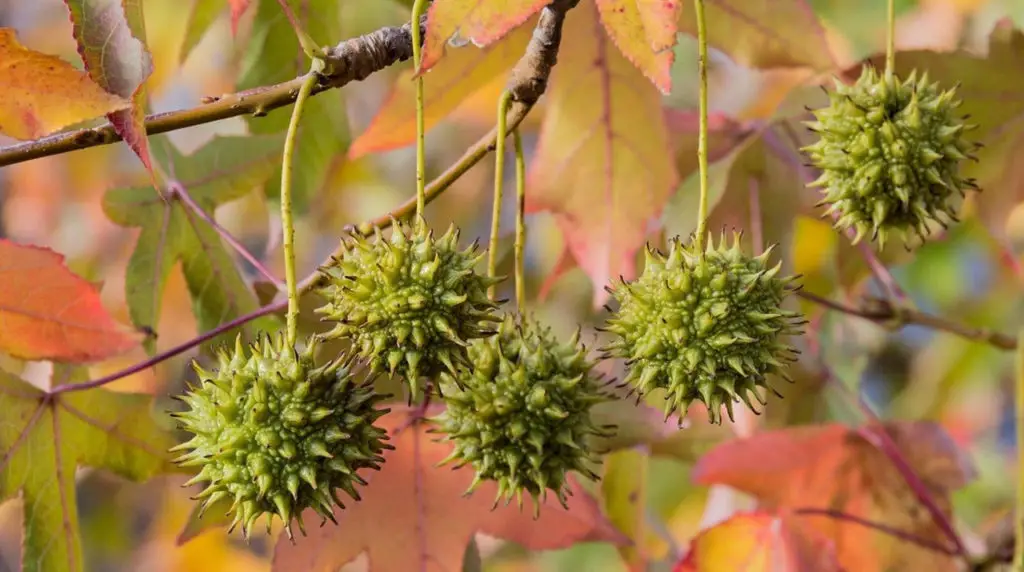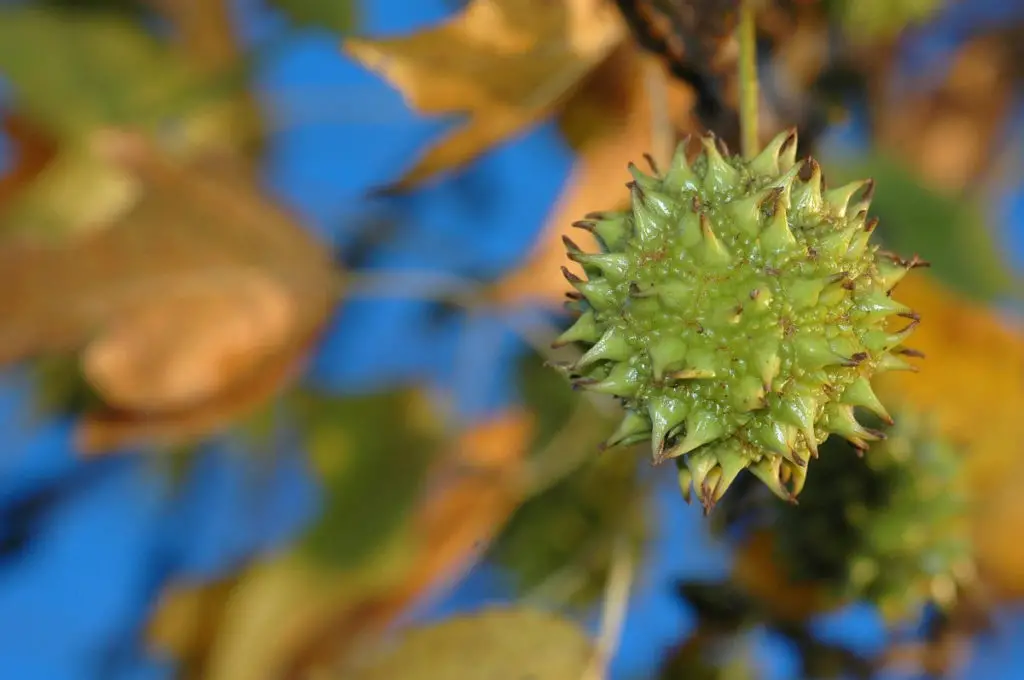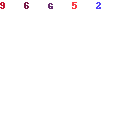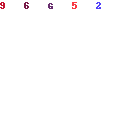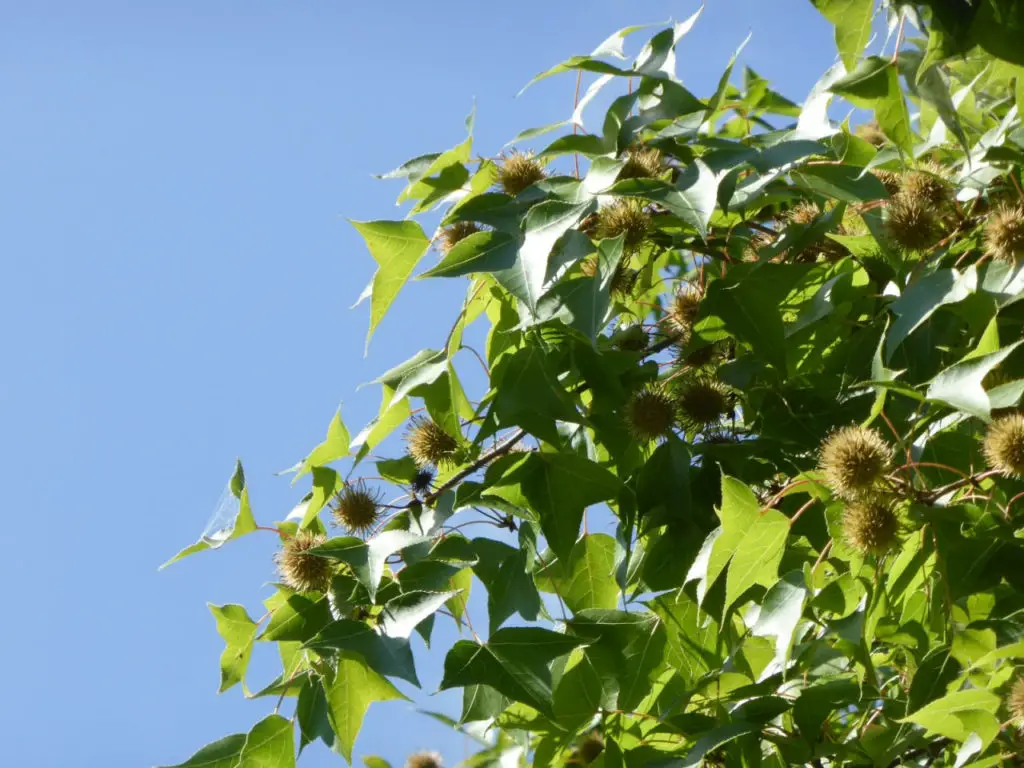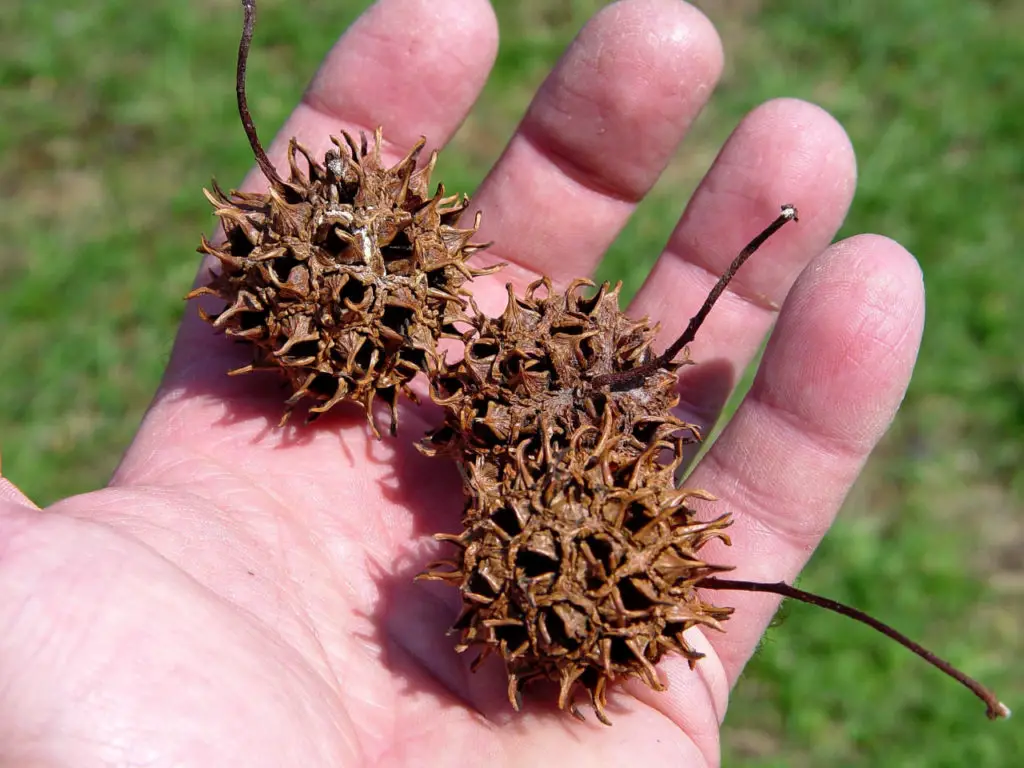Many garden enthusiasts opt for a variety of mulching materials, with pine needles being a favored option. This type of mulch is celebrated for its ability to curb weed growth and preserve soil moisture. Nonetheless, it’s important to recognize that pine needle mulch may not be suitable for every plant in your garden.
The introduction of pine needles as a gardening tool prompts an investigation into which plants would benefit from their use and which would fare poorly. Through this examination, we aim to pinpoint the plants that might not react positively to pine needle mulch. What plants do not like pine needles?
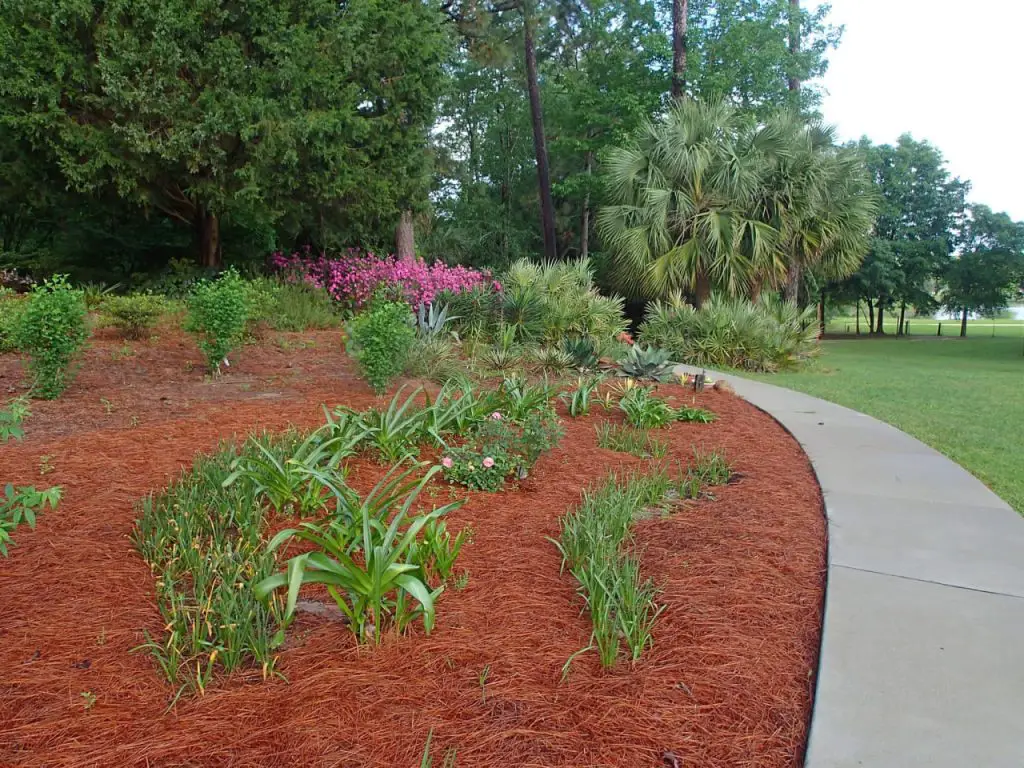
Are Pine Needles a Good Choice for Mulching?
Pine needles serve as an effective and cost-efficient avoid mulching option, especially for those with access to pine trees nearby or local sources of pine straw. Their slow decomposition rate, however, makes them less suitable for incorporation directly into garden soil. Instead, they are most beneficial when used as a surface layer in flower beds, around rose bushes, and in areas where controlling weeds and maintaining moisture levels for vegetable plants are priorities.
What is Pine Straw?
Pine straw refers to pine needles decompose when utilized as a mulching material on the surface of the ground or soil.
Although pine forests are abundant in our area, it’s uncommon to find pine straw available for purchase. However, if you’re able to acquire it, either through commercial means or from a neighbor’s yard excess, pine straw acts as an outstanding and budget-friendly option for mulch.
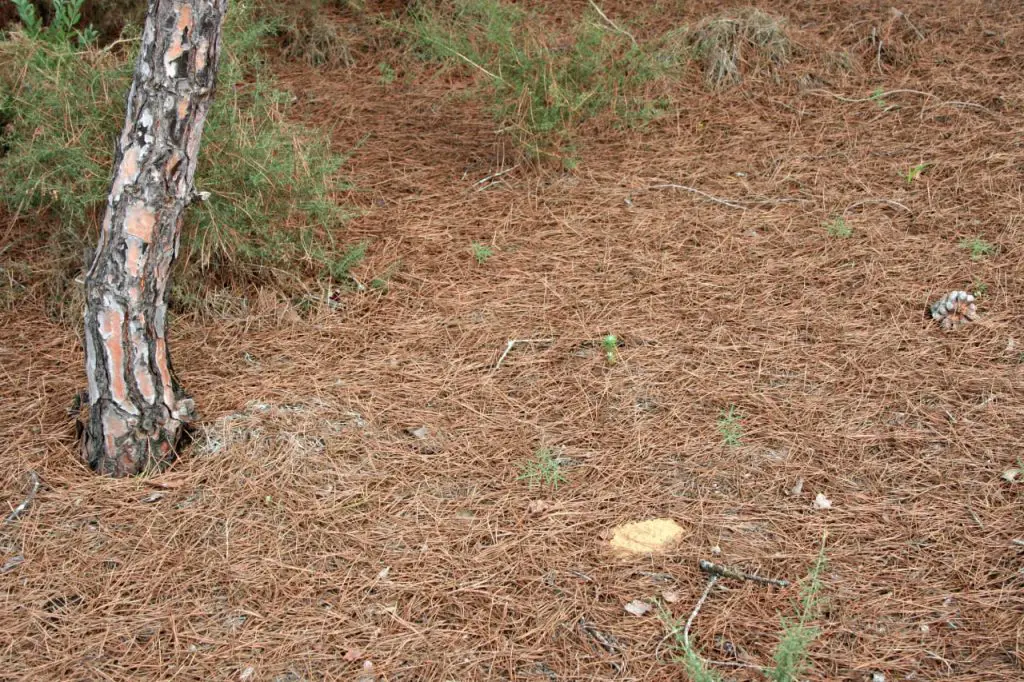
How to Use Pine Needle Mulch
Pine straw can be utilized in the same manner as other mulching materials. It’s perfect for surrounding trees and shrubs, as well as for covering garden beds. It’s important to note, however, that a 2-inch layer of pine straw will compact down to approximately 1 inch over time. Based on personal experience, I recommend applying a 4-inch thick layer of pine needles to ensure adequate coverage.
When applying pine straw, handle it as you would regular straw—shake and toss it to create a light, airy layer. This technique helps to form a fluffy, protective mulch that not only pine to look appealing but also provides the benefits of mulching, such as moisture retention and temperature regulation.
Benefits of Pine straw
Pine needles are notably lightweight, making them an effortless option for gardeners to handle without compacting the soil beneath.
- One significant advantage of using pine needles to decompose is their ability to deter weeds. They are unlikely to introduce weed seeds into your garden and can effectively prevent existing seeds in the soil from sprouting by block sunlight.
- The slow decomposition rate of pine needles means they don’t require frequent replacement compared to other types of mulch, though they will eventually break down and contribute to the soil’s fertility.
- Pine needles help to stabilize soil temperatures, cooling the soil in summer and protecting it from freezing in winter, thus preventing root upheaval.
- After settling, pine needles tend to stay in place even during heavy rainfall, forming a stable mat that resists being washed away.
- For sloped areas and hillsides, pine straw is particularly beneficial. It promotes the penetration of irrigation and light rainfall to the soil, preventing erosion and the loss of topsoil.
- Additionally, pine needles represent a sustainable mulching option. Their collection does not require cutting down trees, as pine straw is a naturally occurring byproduct.
Negatives of Too Many Pine Needles
While pine straw mulch has its advantages, it’s not without its flaws. One notable issue is its limited availability. Even when you manage to find pine straw, it can be prone to scattering in windy conditions before it settles properly.
- Incomplete coverage can lead to weed growth, and removing weeds from among the pine straw can be a challenging task. Despite its seemingly gentle appearance, pine straw is quite sharp.
- Another concern is the flammability of pine straw. For those living in areas at risk of wildfires, alternatives such as composted mulch or cedar bark products may offer safer mulching options.
- Moreover, excessive use of pine straw can be detrimental. Pine trees naturally drop their needles to eliminate competition in their vicinity. Applying more than a 4-inch layer can result in a dense mat that repels water, depriving plants of necessary hydration. A layer of 2 to 4 inches is considered optimal.
Despite these potential issues, I still gather and utilize pine needles for my garden, valuing their benefits.
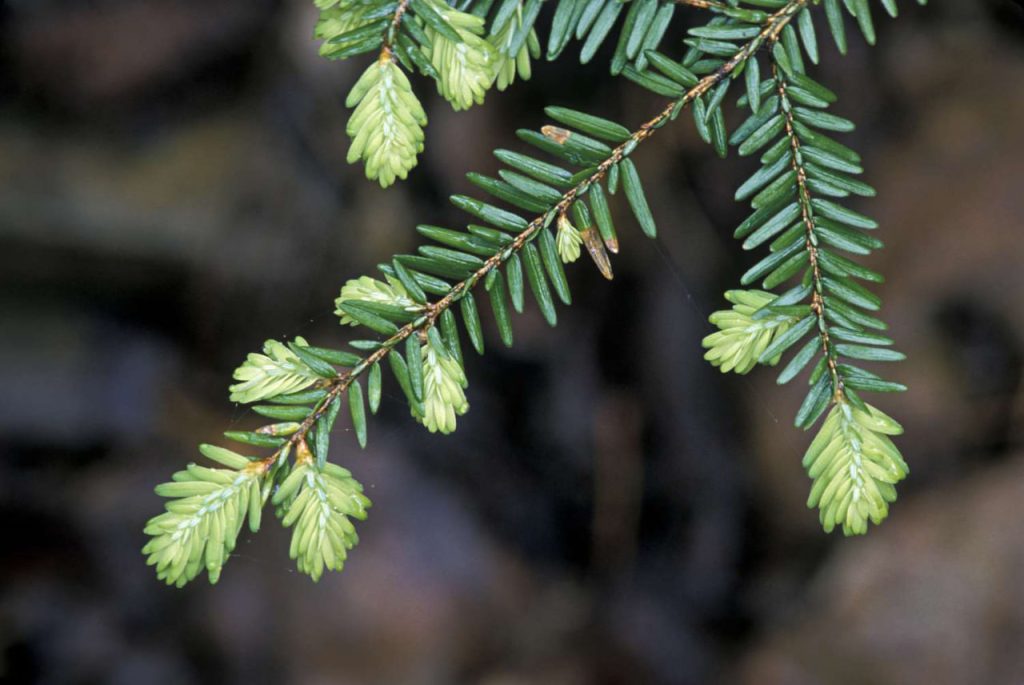
Acid-Loving Plans: The Pine Needle Preference
Pine needle mulch serves a dual role in gardening: it is both highly beneficial and potentially problematic due to its tendency to acidify the soil. This characteristic is perfect for acid-loving plants, which flourish in environments with a slightly to strongly acidic pH. Such plants, including well-known varieties like azaleas, rhododendrons, blueberries, and hydrangeas, have adapted over time to utilize the lower pH levels to their benefit.
For these acidophilic species, pine needle mulch is an excellent choice. Its decomposition process releases organic acids, gradually lowering the soil’s pH to better suit these plants’ needs. This effect can enhance the growth and well-being of acid-loving plants, providing them with conditions akin to their natural woodland habitats. By strategically using pine needle mulch, gardeners can foster a conducive environment for these plants to flourish.
Plans to Avoid With Pine Needle Mulch
Pine needle mulch, while beneficial for acid-loving plants, is not suitable for all types of vegetation. Plants that flourish in neutral to slightly alkaline soil conditions often find the acidity introduced by pine needles to be detrimental.
Examples of plants that should not be mulched with pine needles include various certain vegetables like tomatoes, cucumbers, and asparagus, along with culinary herbs such as basil and parsley. Flowers such as marigolds and geraniums also prefer less acidic environments. For gardeners aiming to support the growth of these plants, exploring other mulching materials is advisable to maintain the health and vitality of their garden.
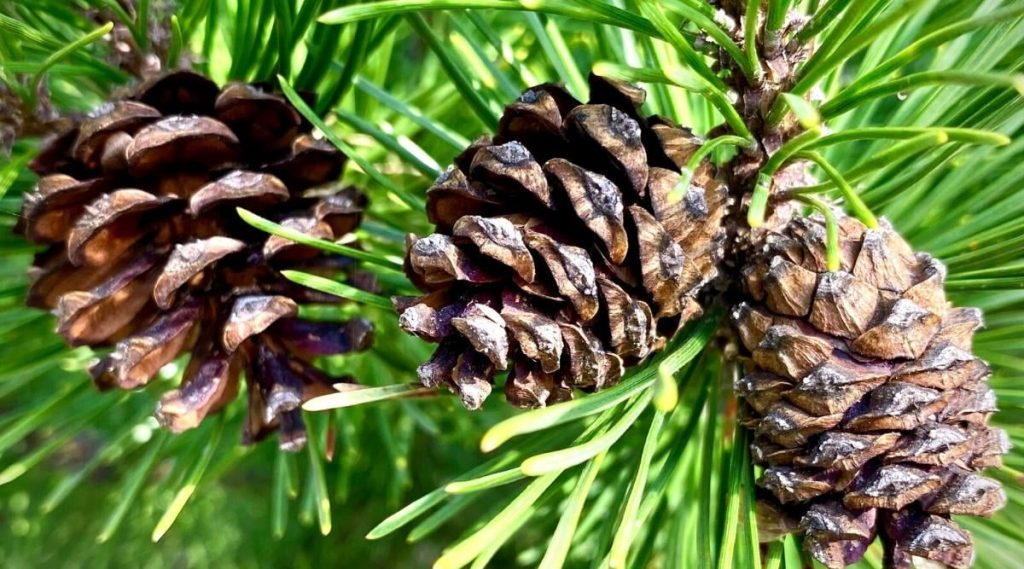
Alternatives to pine needle mulch
Gardeners with a varied assortment of plants, including those sensitive to acidic conditions, have several mulching alternatives to consider. Wood chips or bark mulch are great options, as they maintain a neutral pH and do not lower the soil’s acidity.
For vegetable patches, straw or hay is particularly useful, acting as an organic matter decomposer and weed barrier suppressant without affecting soil pH levels. Additionally, compost and shredded leaves can serve as nourishing mulches, enriching the soil with valuable nutrients as they break down. Choosing the appropriate mulch for different areas of the garden enables gardeners to meet the diverse needs of their plants, ensuring healthy growth and vitality.
Will Pine Needles Kill Plants
A frequently asked question at Gardening Know-How is whether pine needles can harm plants. The short answer concise response is that it varies. Utilized correctly, pine needles, like any mulch, can be advantageous for plants.
Pine needles offer insulation for the soil, aiding in the regulation of temperature around plant roots—warmer during the winter and cooler in the summer. They also contribute to moisture retention in the soil and help prevent soil erosion. Nevertheless, using an excessive amount of pine needle mulch or failing to replenish it as needed could potentially damage your plants.
As pine needles break down, they release acids, leading to an increase in soil acidity that may be unsuitable for some plants, particularly annuals and tender perennials that do not thrive in acidic environments. If your garden plants are struggling, it’s wise to have a soil sample tested at your local cooperative extension office. You might need to adjust the soil’s pH with lime if it has become too acidic.
It’s also important to note that pine needle mulch pine needles decompose more rapidly than other mulch types, such as bark or straw. This necessitates more frequent replenishment (every few months) to ensure it continues to benefit your plants. Without regular replenishment, the pine needle mulch will turn into compost, slowly losing its effectiveness as mulch.
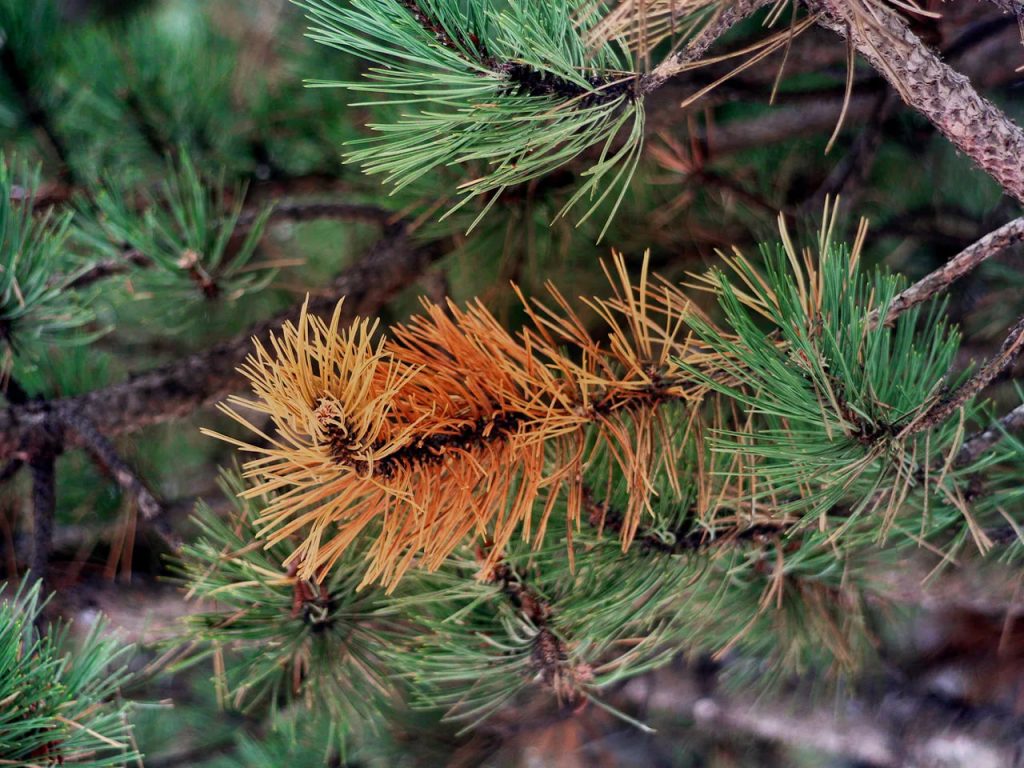
What Plants Like Pine Needles
Pine needles serve as an excellent nutrient source for plants, packed with vital elements such as nitrogen, phosphorus, and potassium, crucial for plant growth. Beyond these, they contain beneficial minerals like magnesium, calcium, and iron, offering a well-rounded nutritional boost to many plants.
Utilizing pine needles as mulch around trees and shrubs is highly advantageous. They aid in maintaining soil moisture and temperature, while simultaneously supplying plants with necessary nutrients. Moreover, pine needle mulch is effective in suppressing weed barrier growth, contributing to a more manageable garden.
For those with pine trees on their property, leveraging the naturally shed needles from fruit trees can be a simple yet effective strategy to enrich your garden’s soil. Whether you choose to lay them atop the soil as a surface mulch or incorporate them directly into the earth, your garden’s flora will surely benefit from the added nutrition.
Do Hydrangeas Like Pine Needle Mulch
If your garden is nestled among pine trees, you might be contemplating whether pine needle mulch is a suitable choice for your plants. Hydrangeas stand out as one of those select plants that thrive in acidic soil conditions, making pine needle mulch an excellent tool for adjusting your soil’s pH to suit these stunning blooms. Pine needles are particularly effective in retaining soil moisture, a vital component for hydrangea care.
To maximize benefits, ensure a generous application of mulch around the hydrangeas’ base, aimed at maintaining cool and moist root conditions. This approach not only nurtures the hydrangeas but also leverages the natural resources available in your surroundings, fostering a healthy and vibrant garden.
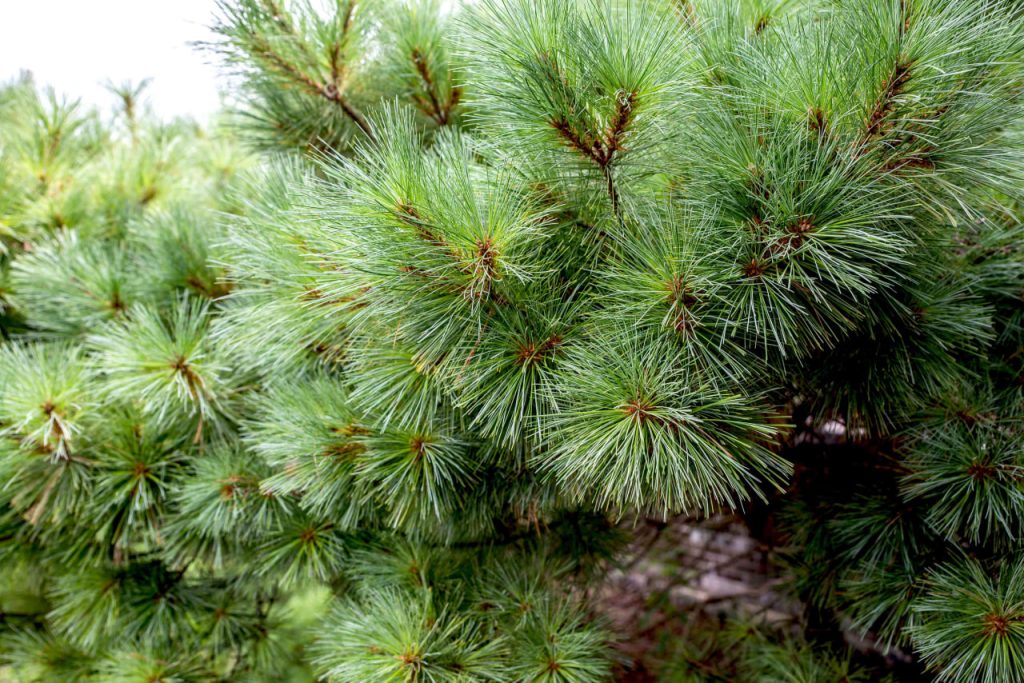
Do Roses Like Pine Trees Needles
Pine needles make an outstanding mulch choice for rose gardens. They excel at preserving soil moisture and shielding the roots from harsh temperature fluctuations. Additionally, pine needles create a mildly acidic soil condition, which is conducive to the growth and health of roses. This natural mulching option not only contributes to the vibrancy and resilience of rose bushes but also aligns with their preference for slightly acidic environments, supporting optimal growth and blooming.
Conclusion
The utilization of pine needle mulch in the garden is nuanced, serving as both a boon for certain vegetable plants and a hindrance, depending on the plants’ requirements. This mulching option is ideal for acidophilic plants like azaleas and blueberries, which flourish in the acidic conditions that pine needles foster. Conversely, for vegetation that favors neutral to alkaline soils, pine needle mulch might not be the best fit.
To ensure a garden’s health and aesthetic appeal, gardeners need to make educated decisions about mulching. It’s essential to understand the specific soil preferences of each plant variety in your garden and select a mulch that aligns with these needs. Whether you’re leveraging pine needles to support acid-loving species or choosing alternative mulching materials for other plants, the objective remains the same: to achieve a balanced environment that encourages the growth and vitality of every plant in your garden, thereby cultivating a lush and diverse outdoor space.

